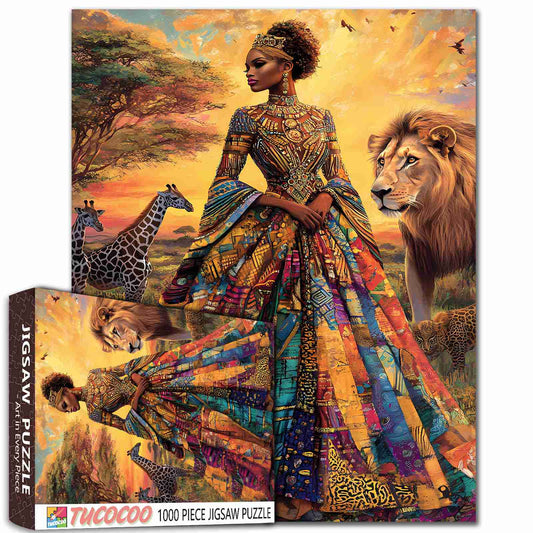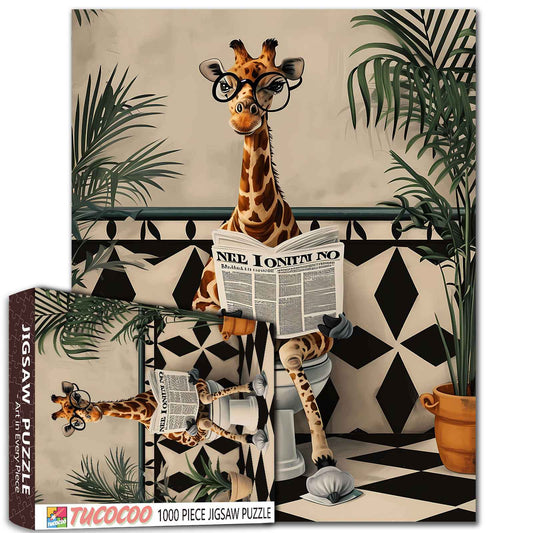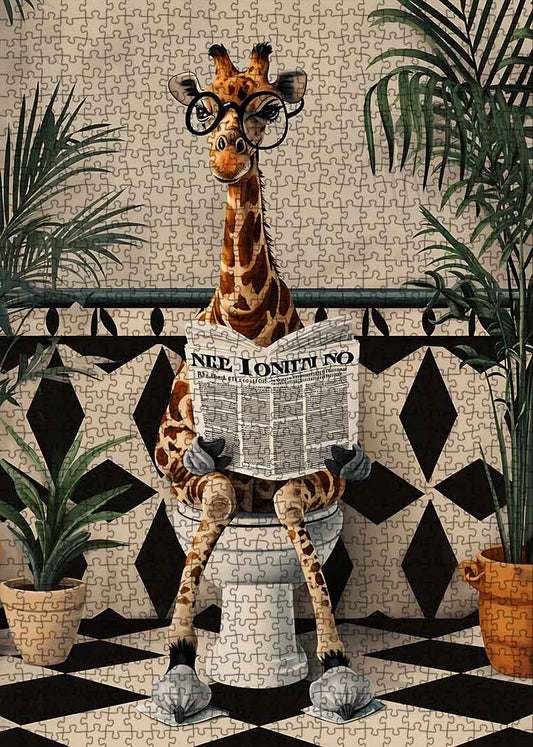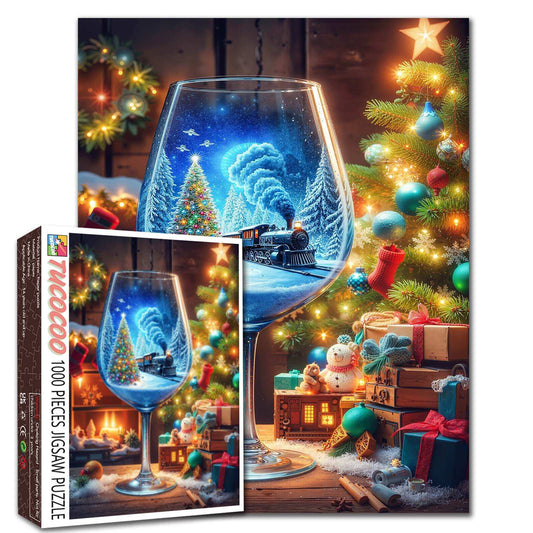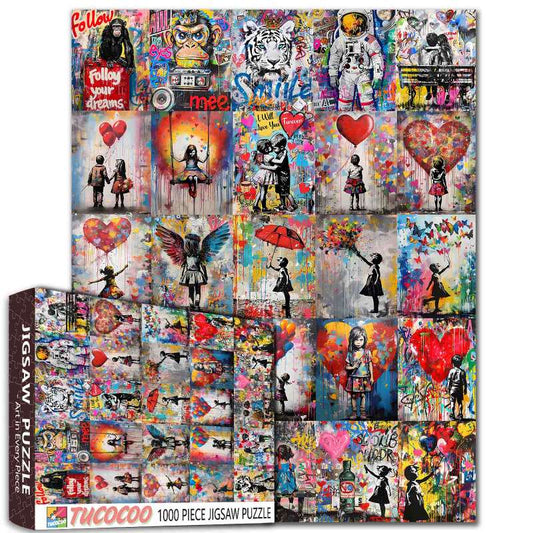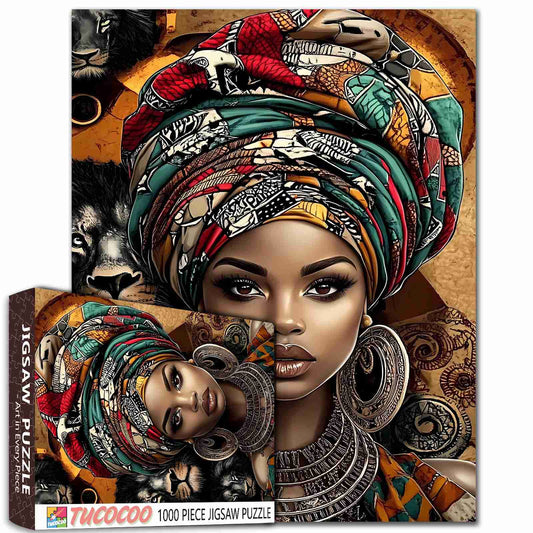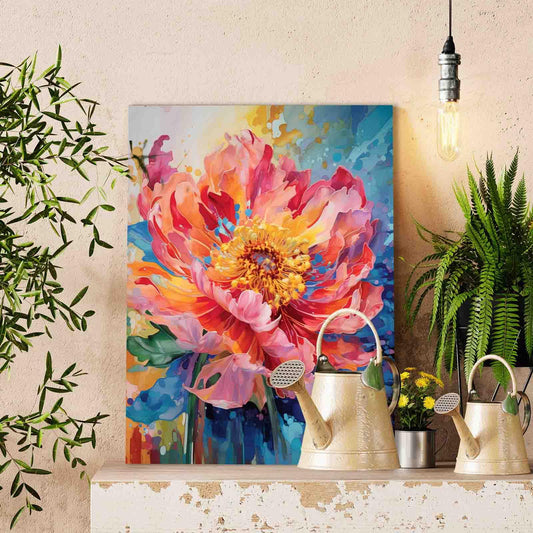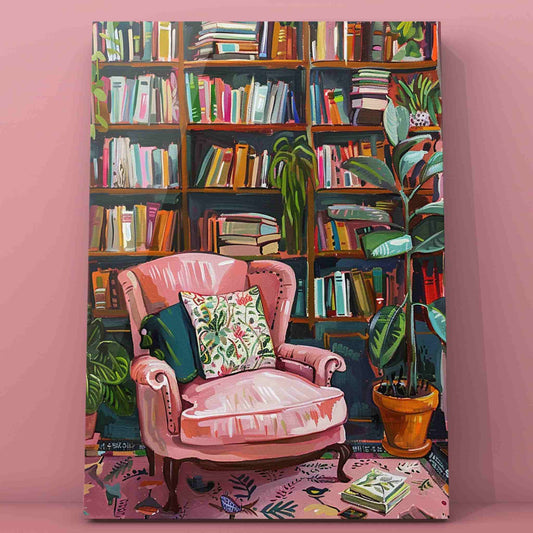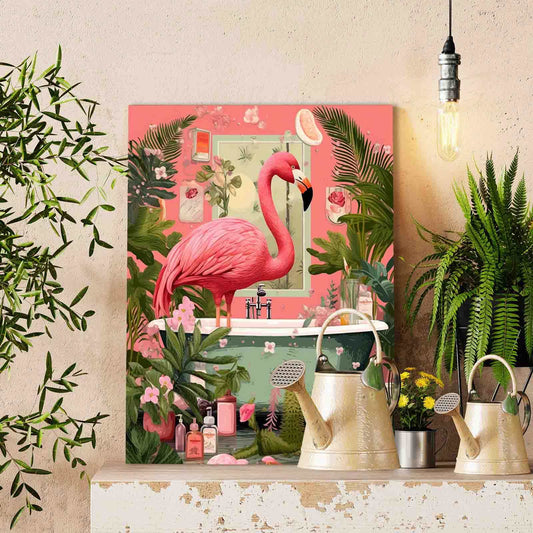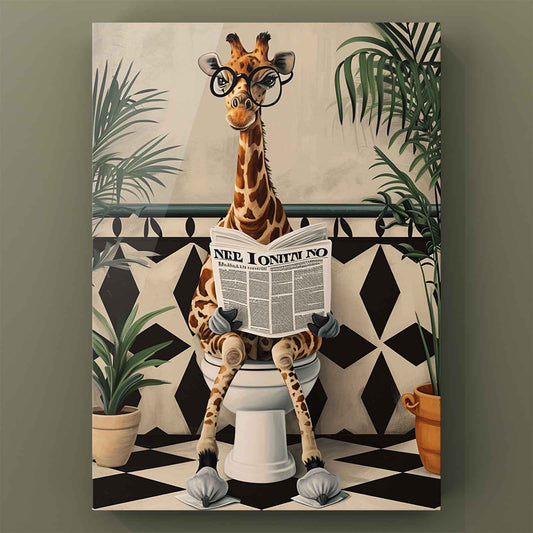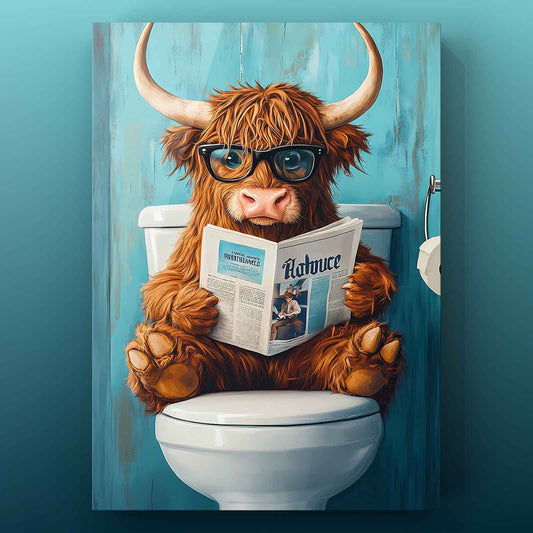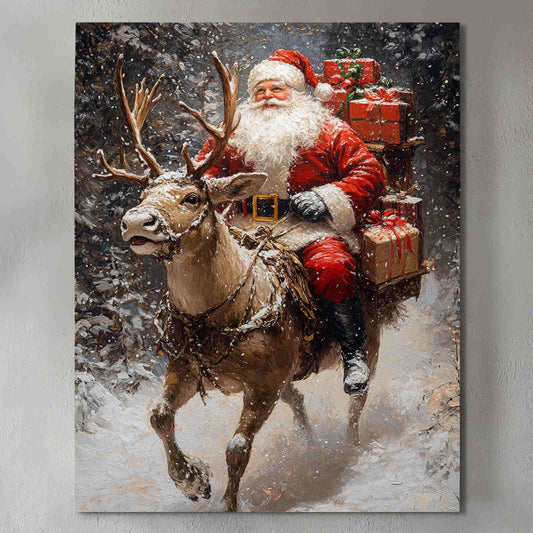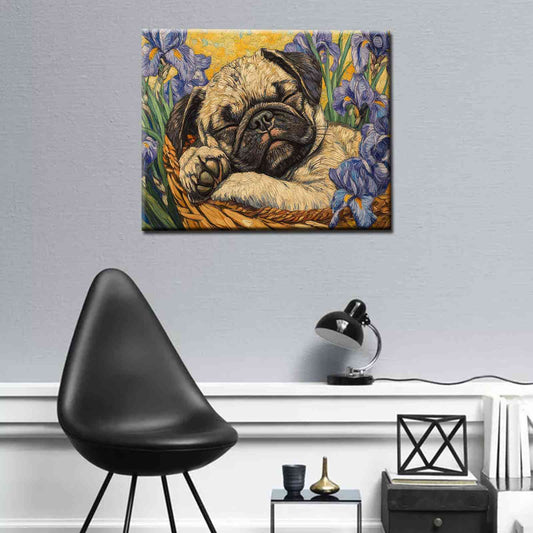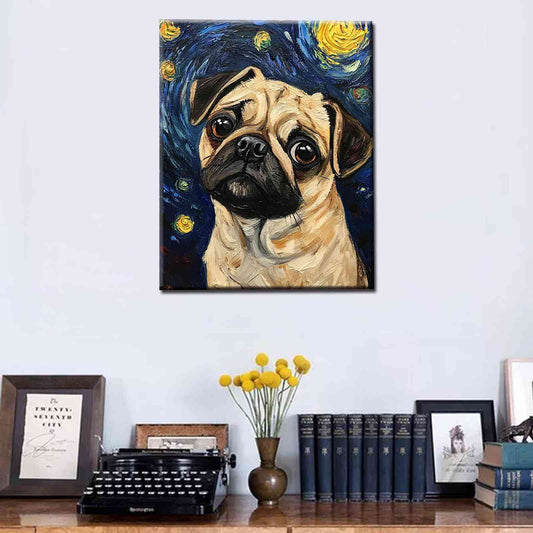
Top 10 Easy Landscape Painting Ideas for Beginners
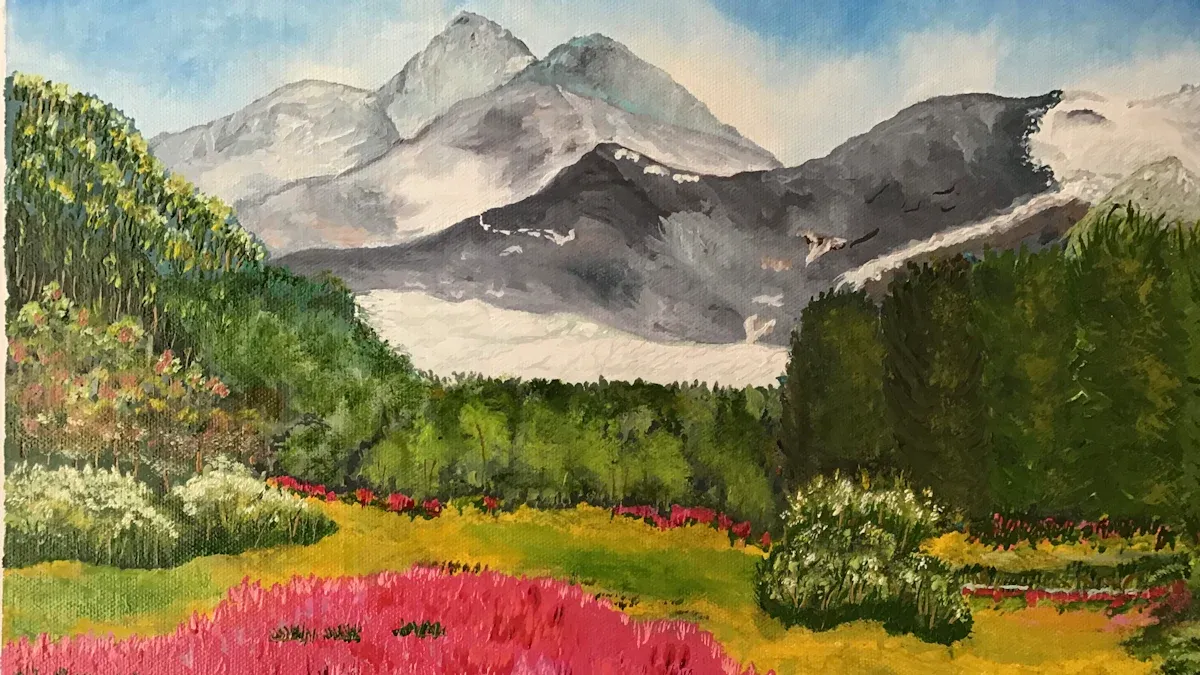
Are you ready to dive into the world of landscape painting? 🎨 It’s easier than you think! With just a few tools and some creativity, you can create stunning landscapes, even if you’re a beginner. Don’t worry about perfection—focus on enjoying the process. You’ll be amazed at how to paint a landscape with simple steps and vibrant colors. Let’s get started!
Key Takeaways
Collect basic supplies like acrylic paints, brushes, and canvas. These will help you get started with landscape painting.
Begin with easy methods like layering and mixing colors. This adds depth and makes your art look lively.
Try simple painting ideas like sunsets, woods, or night skies. These are great for practice and make painting fun.
Getting Started with Landscape Painting
Before making your first artwork, prepare for success. Let’s look at the tools, techniques, and colors that will make your acrylic landscape painting fun and rewarding.
Essential Tools and Materials for Beginners 🖌️
Having the right supplies makes painting easier and more enjoyable. Here’s what you’ll need:
Acrylic Paints: Pick a basic set of good-quality paints. Bright colors will make your landscapes stand out.
Brushes: Use different brushes, like flat ones for big strokes and round ones for small details.
Canvas or Paper: Practice on canvas boards or thick acrylic paper.
Palette and Water Container: A palette for mixing colors and a container to clean brushes are must-haves.
Easel (Optional): An easel is helpful if you like painting upright.
Good art supplies improve your work and make painting more fun. Trying these tools will help you find your style.
Basic Tips for Acrylic Landscape Painting 🖼️
Acrylic paints are easy to use and flexible. Follow these tips to begin:
Start with Layers: Paint a light background first, then add details slowly.
Blend Colors Smoothly: Use a soft brush or water to mix colors nicely.
Experiment with Textures: Try dry-brushing or palette knives for cool textures.
Work from Background to Foreground: Paint the sky and faraway things first, then closer details.
Play with Light and Shadow: Add highlights and shadows to make your painting look real.
These tips will help you make lively and eye-catching acrylic landscape paintings.
Choosing Colors for Your Landscape 🌈
Colors set the mood of your painting. Here are some tips to pick the right ones:
Stick to a Limited Palette: Use three or four main colors for harmony.
Experiment with Transparent Colors: They mix well and create bright effects.
Consider Color Psychology: Warm colors like red and orange feel energetic, while cool ones like blue and green are calming.
Focus on Contrast: Use bold colors for main areas and soft ones for the background.
Learning how colors work together helps you make landscapes that look amazing and balanced.
Top 10 Easy Landscape Painting Ideas
Ready to bring your landscapes to life? Here are ten beginner-friendly landscape painting ideas that are simple, fun, and perfect for honing your skills. Let’s dive in!
1.Sunset Over the Ocean 🌅
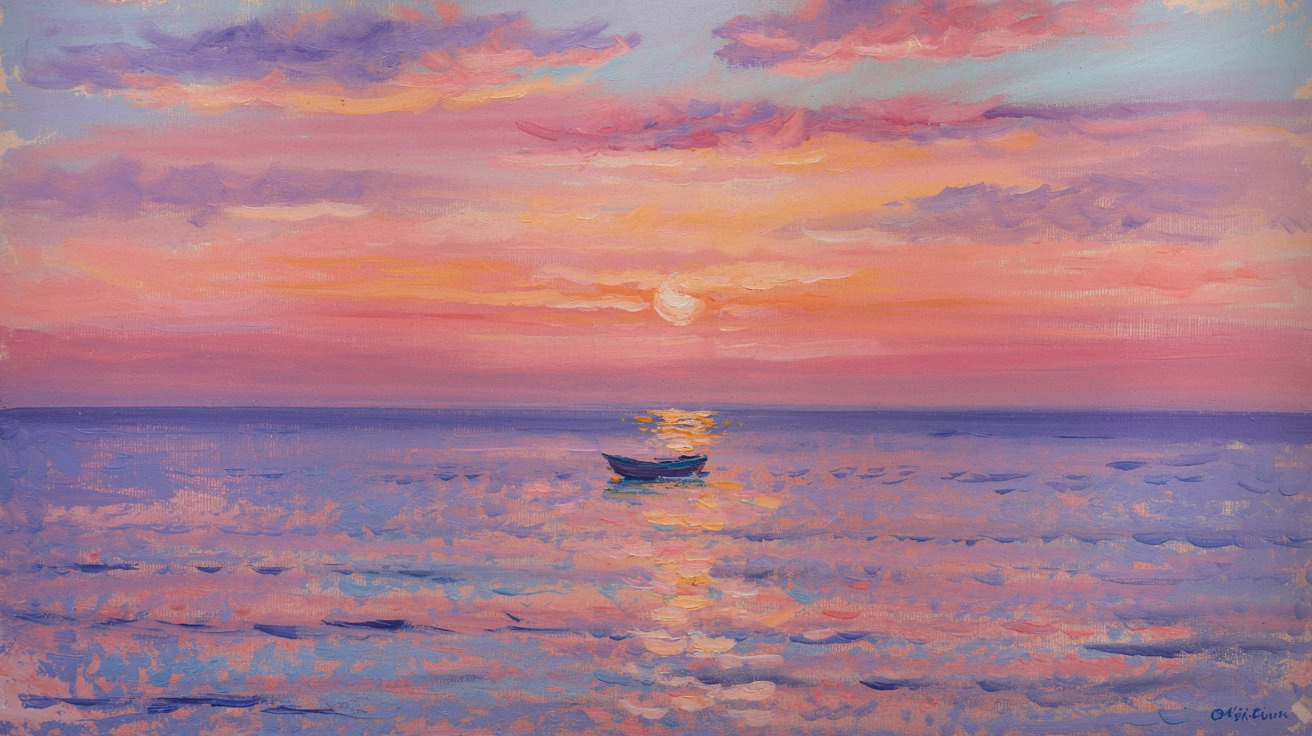
A sunset over the ocean is a classic and stunning subject. The warm hues of orange, pink, and yellow blend beautifully with the cool blues of the water. Using a palette knife can make this even easier by adding texture and depth. For inspiration, check out paintings like By the Sunset, which captures the calm yet exciting energy of a sunset. The reflection of the sky on the water is a great way to practice blending and creating harmony in your painting.
2.Rolling Hills with a Blue Sky 🌄
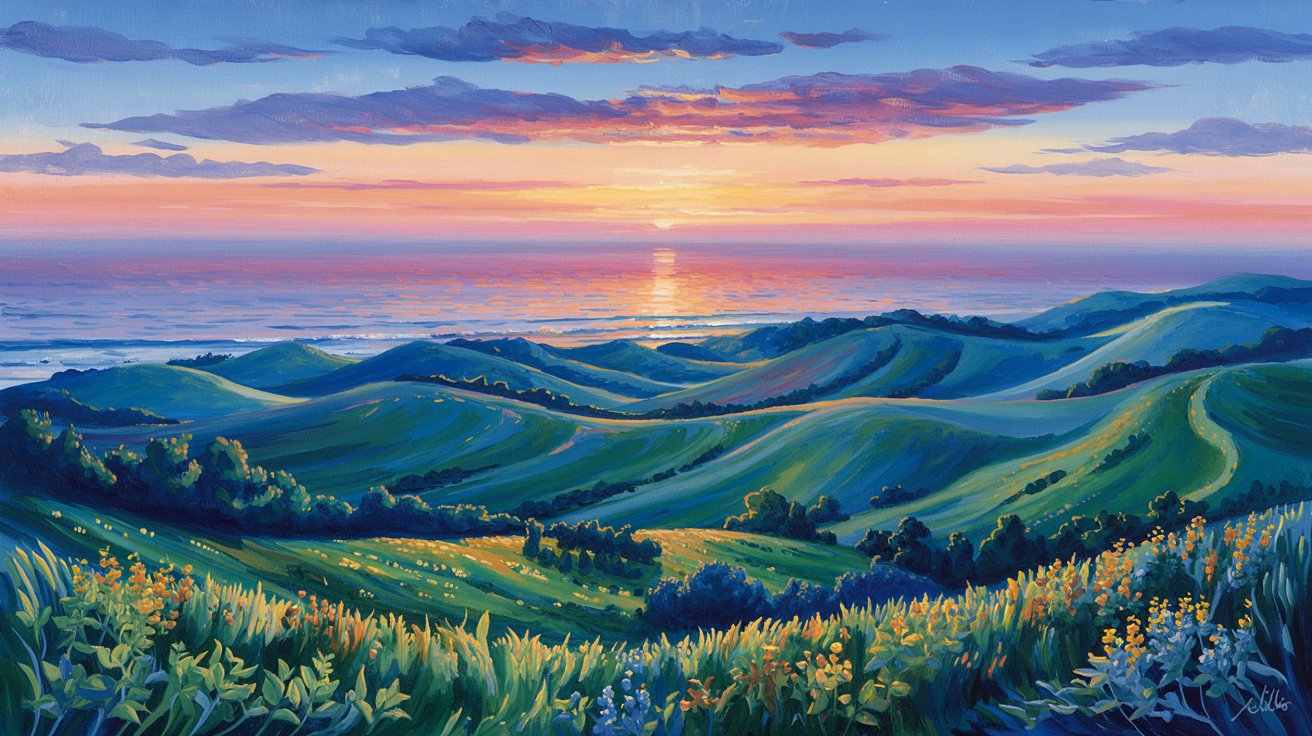
Rolling hills are simple yet captivating. Start with a gradient blue sky and add soft, curved strokes for the hills. Use greens and yellows for the grass, and don’t forget to add a few trees or flowers for detail. This idea is perfect for practicing smooth transitions between colors and creating depth.
3.A Simple Forest Scene 🌳

Forests are magical and beginner-friendly. Paint a light background, then layer tree trunks and leaves using different shades of green and brown. Focus on creating a sense of depth by making the trees in the background lighter and less detailed. This is a great way to experiment with textures and brush techniques.
4.A Serene Lake with Reflections 🛶
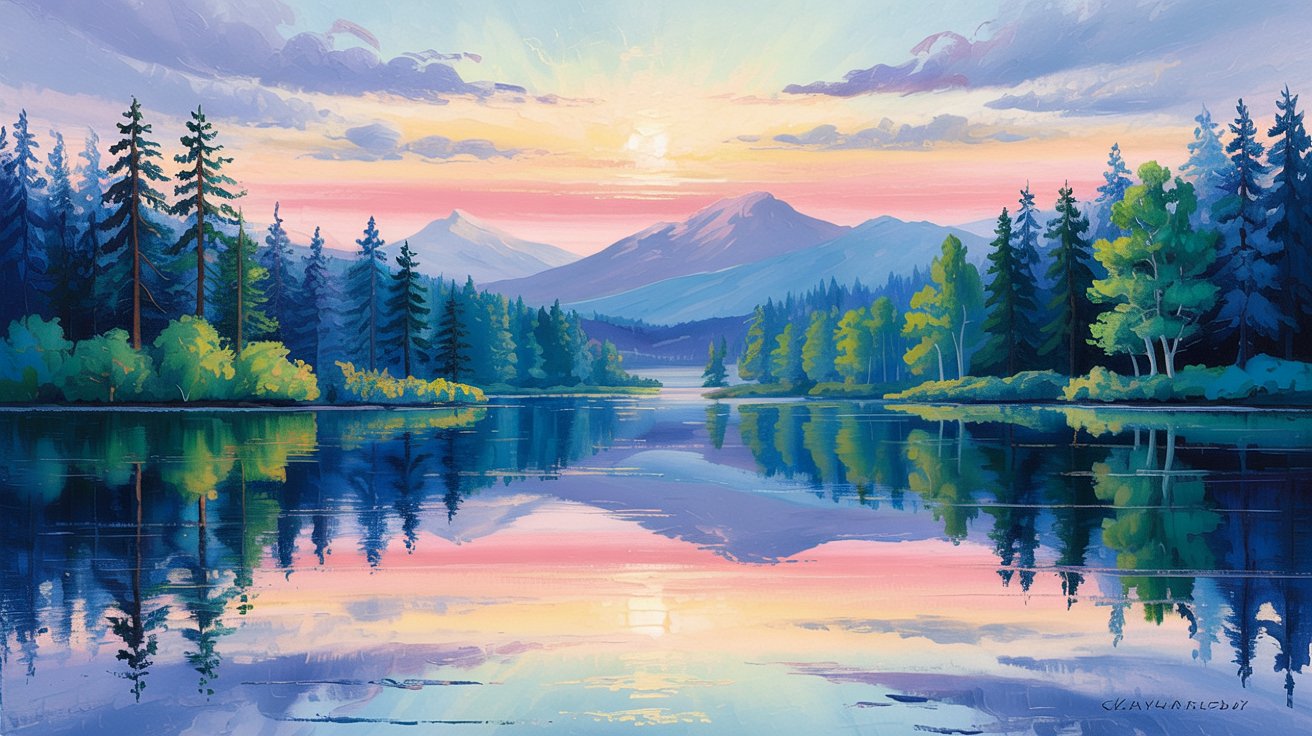
A calm lake surrounded by trees or mountains is both peaceful and easy to paint. Start with a light blue base for the water and add reflections of the surrounding landscape. Simplify the details and focus on capturing the stillness of the water. Observing real lakes can help you understand how reflections work, making this a great exercise in observation.
5.A Desert Landscape with Cacti 🌵

Deserts are all about warm tones and unique shapes. Use shades of orange, yellow, and brown for the sand and add green cacti as focal points. The simplicity of the desert makes it a beginner-friendly landscape, while the vibrant colors keep it visually interesting.
6.A Snowy Mountain Scene 🏔️

Snowy mountains are perfect for practicing light and shadow. Start with a light blue or gray background and add white peaks. Use darker shades for the shadows to create depth. This idea is great for learning how to make your painting look three-dimensional.
7.A Field of Flowers 🌼
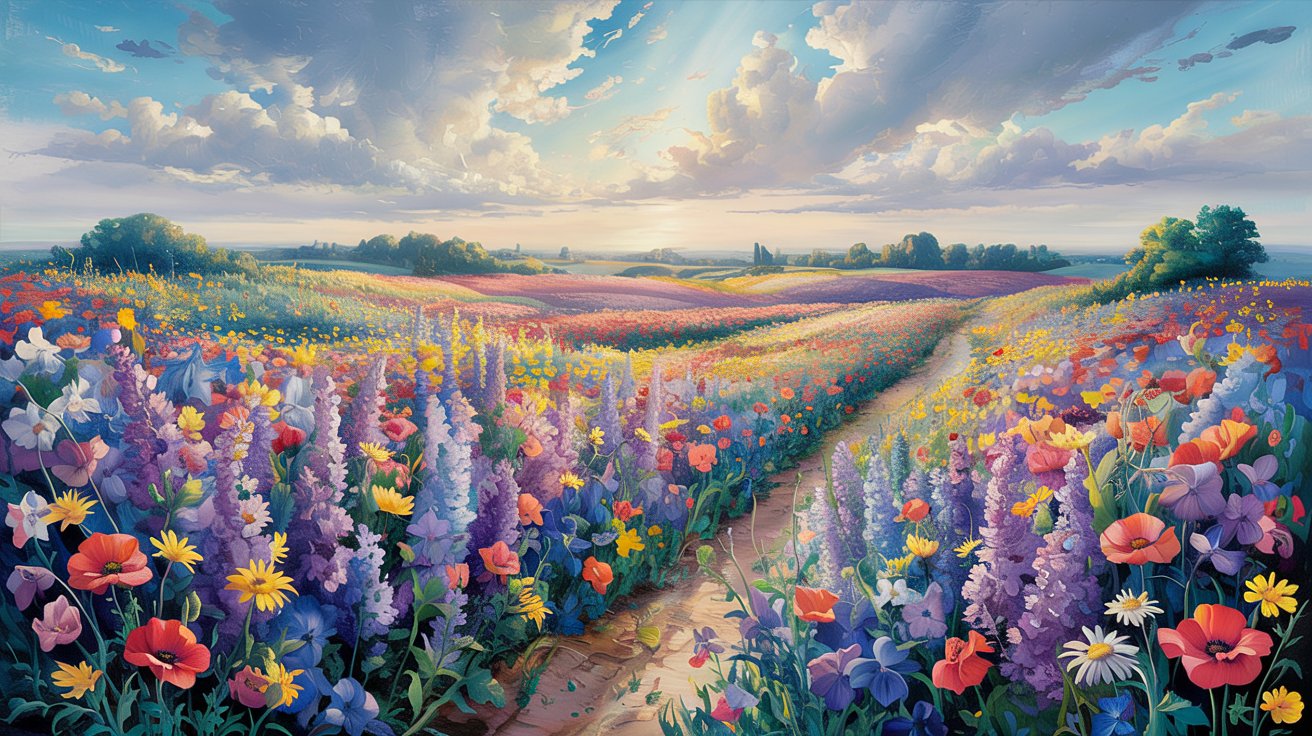
A colorful field of flowers is both cheerful and easy to paint. Use a mix of bright colors for the flowers and green for the grass. Focus on creating a sense of movement by varying the size and direction of the flowers. This is a fun way to experiment with color and composition.
8.A Beach with Palm Trees 🏖️
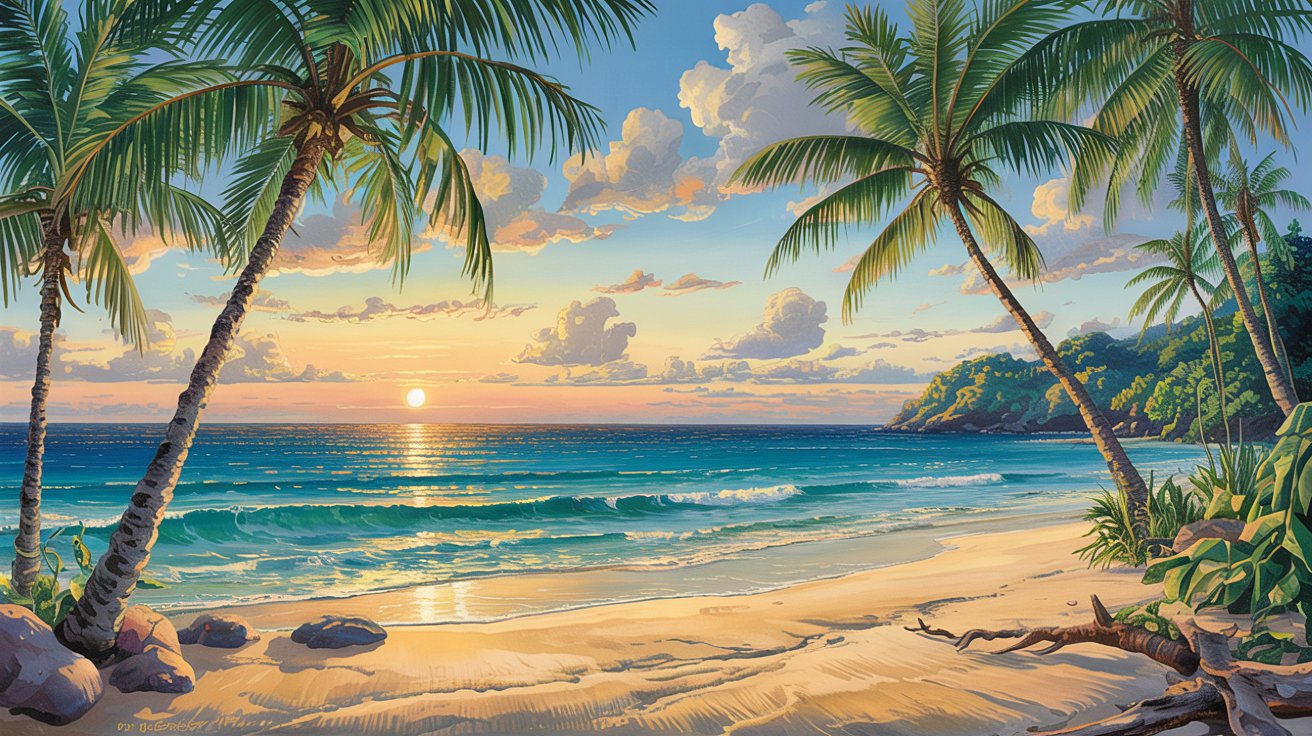
Beaches are relaxing and simple to paint. Start with a gradient sky, add a sandy shore, and finish with a few palm trees. Use soft blues for the water and warm tones for the sand. This idea is perfect for practicing blending and creating a tropical vibe.
9.A Misty Morning in the Woods 🌫️

Misty mornings are all about softness and subtlety. Use light, muted colors and blend them smoothly to create a foggy effect. The lack of sharp details makes this a beginner-friendly landscape. Focus on layering to create depth and a sense of mystery.
10.A Starry Night Sky Over a Landscape 🌌

A starry night sky is both inspiring and easy to paint. Start with a dark blue or black background and add stars using a small brush or even a toothbrush for a splatter effect. Add a silhouette of mountains or trees to complete the scene. This idea is perfect for practicing contrast and creating a magical atmosphere.
Tips to Improve Your Landscape Painting
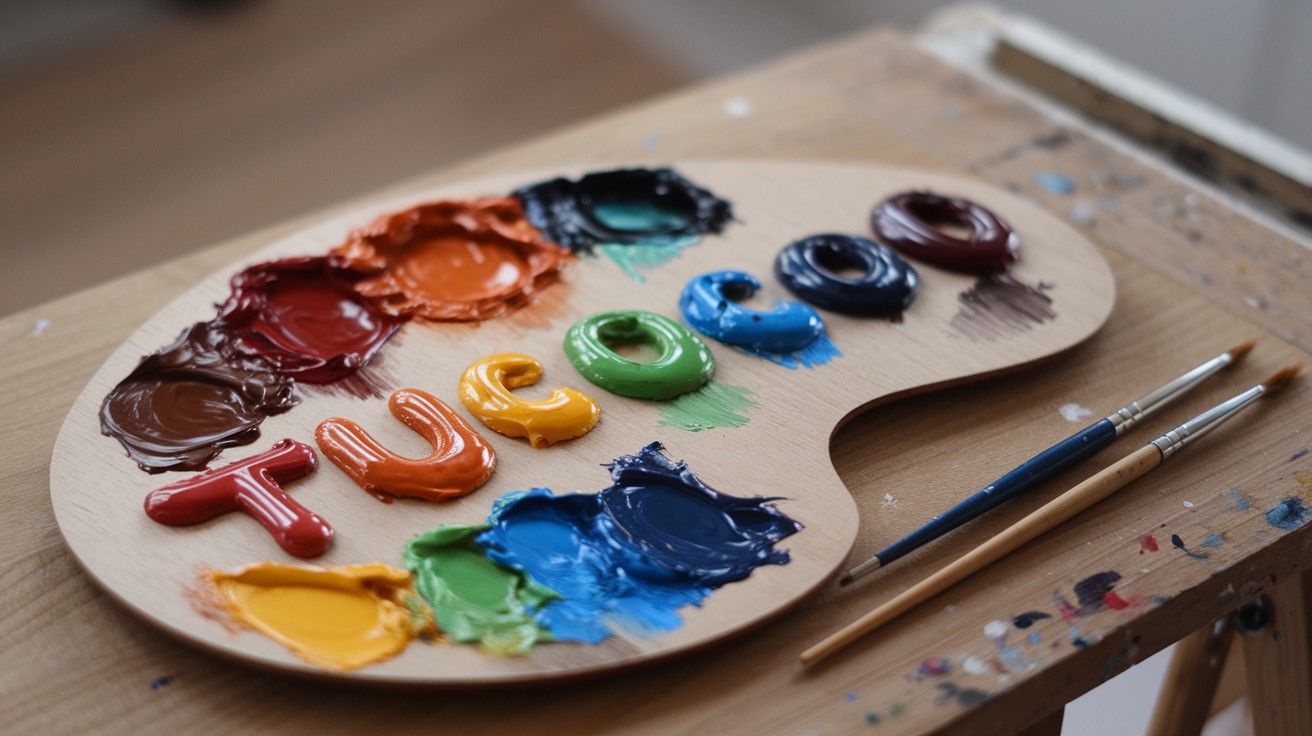
Tucocoo Landscape Paint by Numbers
Trying Out Brush Techniques 🖌️
Brush techniques can make your landscapes look more lively. Don’t hesitate to try new ways of painting! For example:
Dry brushing makes rough textures, great for rocks or tree bark.
Layering builds depth by starting light and adding darker shades.
Glazing gives a glowing effect with thin, see-through paint layers.
Wet-on-wet blending is ideal for skies and water, while wet-on-dry adds sharp details.
Use tools like sponges or palette knives for cool textures.
Each method adds something unique to your artwork. Test them out to find what fits your style.
Tip: Use brushes of different sizes. Small brushes are good for details, while flat ones cover big areas fast.
Creating Depth with Layers 🖼️
Layers make your landscapes look more three-dimensional. Start with the background, like the sky or faraway mountains, using light colors. Then, add darker and more detailed parts in the foreground. This gives your painting depth and perspective.
Artists have used layering for centuries to make their work stand out. For example, overlapping objects like trees in front of hills or flowers in the foreground creates depth.
Pro Tip: Use black-and-white photos to focus on light and dark areas. This helps you balance values before adding color.
Using Light and Shadow for Realism 🌅
Light and shadow make your painting feel real. Watch how sunlight hits objects and forms shadows. Use this to guide your painting. For example, add bright highlights to sunny spots, like tree tops or waves, and darker tones for shadows.
Both old and modern artists use this technique. Piero della Francesca’s Brera Madonna shows how light adds depth, while James Turrell’s art explores light effects. You can use these ideas by planning clear light and shadow areas in your painting.
Quick Tip: Do a four-value sketch before painting. This helps you decide where light and shadow will go, making your landscape look realistic.
Painting landscapes is an enjoyable and fulfilling activity for beginners. Begin with easy ideas and improve over time. Try new things—being creative is important! Follow simple tutorials to learn different methods. With practice, you’ll make amazing art and love the process of creating it.

